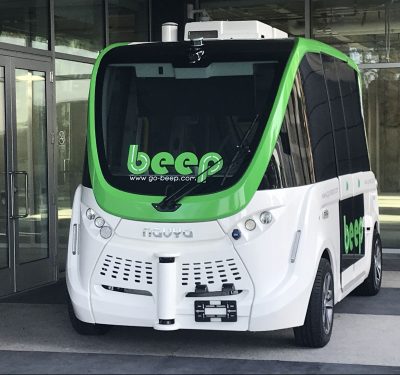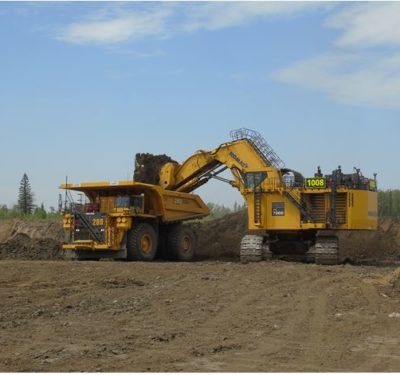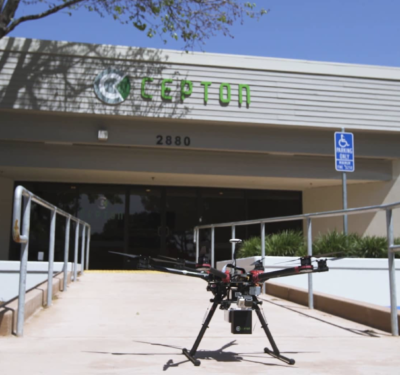Finland-based Satel delivers critical communications solutions to customers in a variety of sectors, from agriculture and surveying to mining and construction. The company specializes in robust and reliable communication links, using a variety of technologies and integrating multiple data sources, including diverse machinery, sensors and signal receivers.
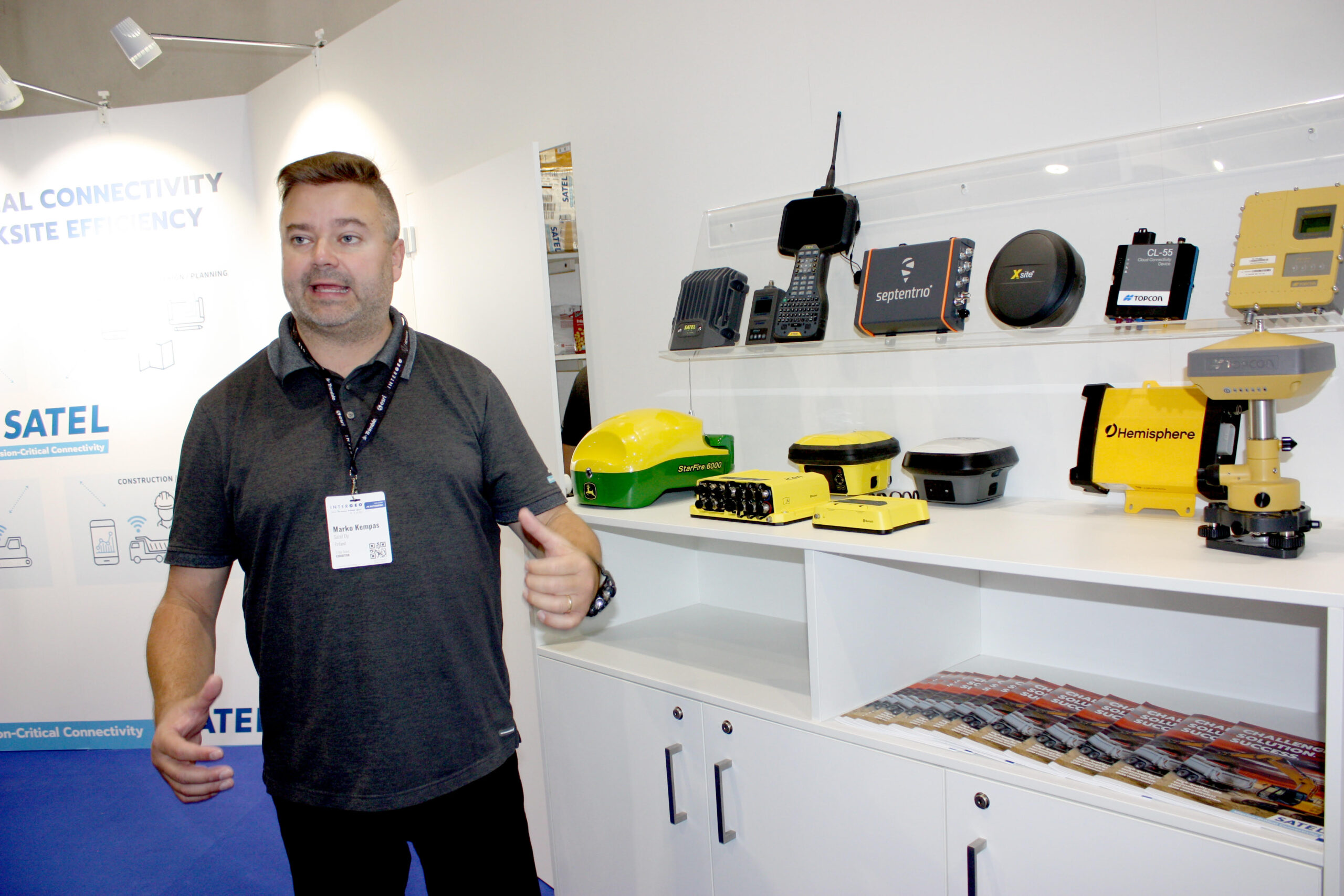
Speaking at InterGEO 2023 in Berlin, Satel’s Head of OEM Business Marko Kempas said, “We have been doing wireless communications for critical systems for 37 years. What we’re seeing today is communication needs going more and more towards complete connectivity, and that’s where we’re heading with our products, combining different technologies, doing research with key players in different industry sectors, gathering information and gaining more understanding of their connectivity requirements.”
Data Stream Complexity Simplified
“Complete connectivity is about figuring out what is really essential when you have a lot of data being transmitted from a lot of different sources,” said Satel’s OEM Customers Sales Manager Marko Saarni. “We have customers working with all kinds of sensors, and more and more different technologies. For example, we have LTE signals, Wi-Fi, Bluetooth, UHF radio, and more, and we have new machine learning and autonomous operations that need to be enabled as well.”
“We have everything going through one connectivity unit,” said Kempas, “which handles all the data traffic protocols, while ensuring redundancy and the robustness of the connection.”
Satel is often seen (or rather not seen) as the invisible partner. If they do their job right, no one knows who they are nor do they necessarily need to. But the service they provide is nothing less than vital. “More and more, we are involved in business-critical cases,” said Saarni, “where, if something is down for a period of time, it can be very costly. In a worst-case scenario, if something doesn’t work right, an entire worksite might have to be shut down.”
Construction sites are a case in point, relatively open environments with heavy machinery moving out and moving in, subcontractors coming and going, and not always according to schedule. Every measure needs to be taken to ensure safety and security. If something goes wrong, if a collision avoidance system, for example, goes offline, multiple operations may have to be halted — this can get expensive fast.
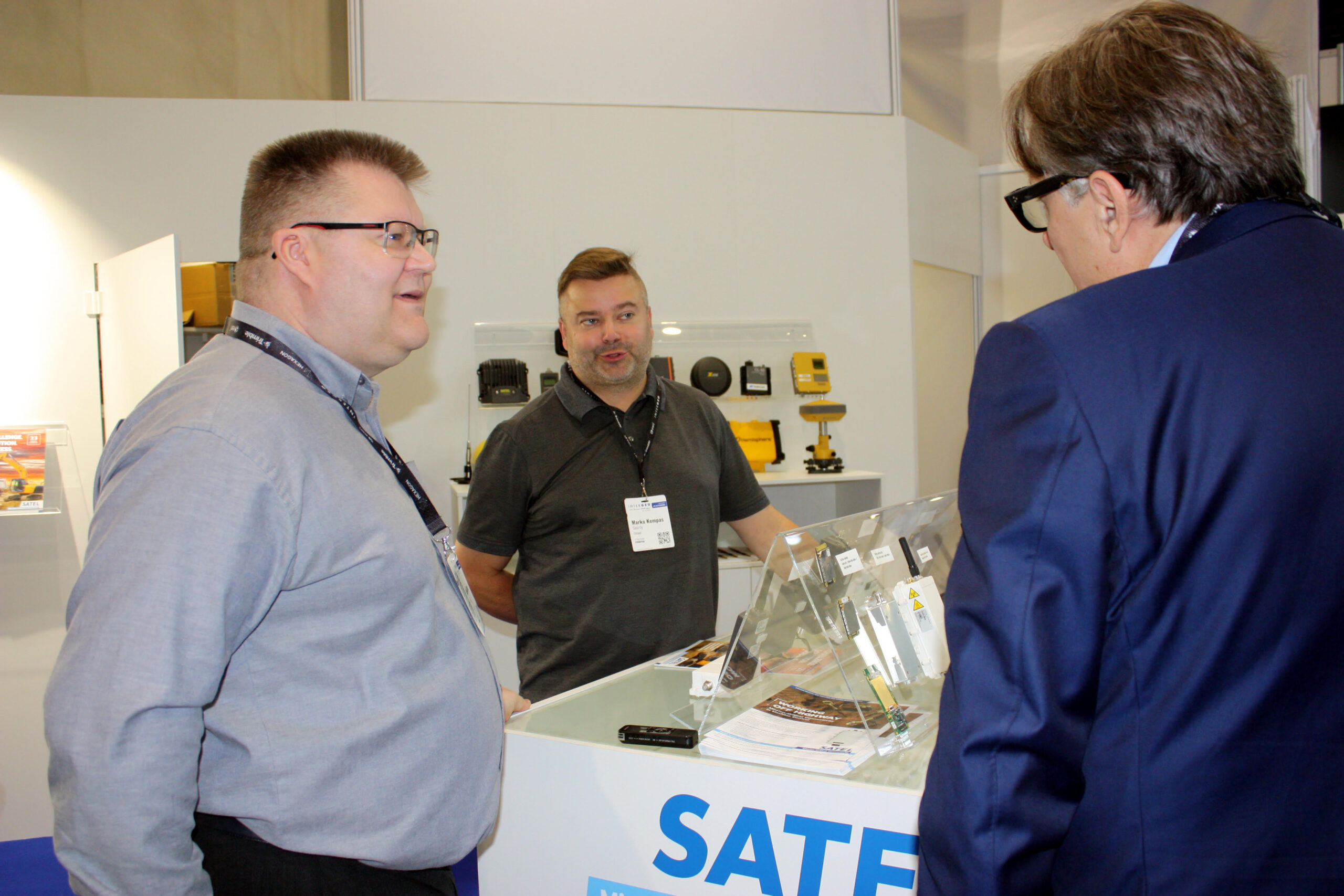
Fundamental Flexibility
Complete connectivity also means working with all kinds of technologies made by different manufacturers. “There are organizations out there, like 3GPP, ISO, RTCM, who are trying to establish standards for different communications technologies,” Kempas said, “to make it easier to do the kind of work we do, but today it’s still more about proprietary protocols and standards, so we have to be flexible, and really understand our clients and their unique situations and needs. It really depends on what they’ve got in the field.”
“We can provide units that fulfill all types of requirements,” said Saarni. “That might be an integrated solution with a radio module inside a receiver. There might be different types of operating environments, a radio might be needed as a cabin-installed solution, with an easy push-button interface, or we might want a more robust housing, a unit that can be installed outside of the machine. And then there can be different frequency range solutions, depending on where in the world, or in what region, the system will be working.”
Satel solutions are also cyber secure. “We do communications,” said Kempas, “and we can support some AES [Advanced Encryption Standard] encryption in our UHF radio, if needed. And we can accommodate whatever requirements our user has, and the receiver they’re using, including those equipped with GNSS interference mitigation. Of course, communications links can go down, they can be taken out (jammed or spoofed). That’s a fact — but we can make that far more difficult by offering unique redundancy in the form of multiple different technologies that our newly introduced products can intelligently apply when needed.
“Our products are widely used and very robust, designed and manufactured in Finland. We very rarely have any customer complaints or reclamations. Year after year, our products are working perfectly.” Satel also provides compatible products for systems installed 35 years ago. “If you install one of our setups today,” said Saarni, “you can be sure it’s still going to be running 15 to 20 years from now.”
New Ownership
In 2023, it was announced that Satel was purchased by Topcon Positioning Systems. So, what has changed? “The biggest thing,” said Kempas, “is now we have an owner who is a real industry player, so we know we share a common understanding of the necessity of communication and connectivity. Topcon shares our view that by being a truly independent supplier that serves the widest range of customers and applications we can remain on the forefront, developing the best communication solutions for the markets we serve.
“What we see coming is the rapid rise of autonomous machines and the increasing use of AI in field operations. This dramatically changes the requirements for communication, it increases the need for maximum reliability and extra bandwidth. Already critical communications become even more critical and require utmost redundancy. This is what we are addressing with our new generation of products that are being introduced to the market.” A company like Satel can be vitally important for manufacturers moving into the autonomous realm. There are many players, with different solutions, advancing at different speeds. Satel can handle all the requirements posed by rapidly developing new ways of working. Satel is the great enabler, allowing these makers, allowing their machines, to speak to each other, to maximize their capabilities and greatly approve their productivity.


